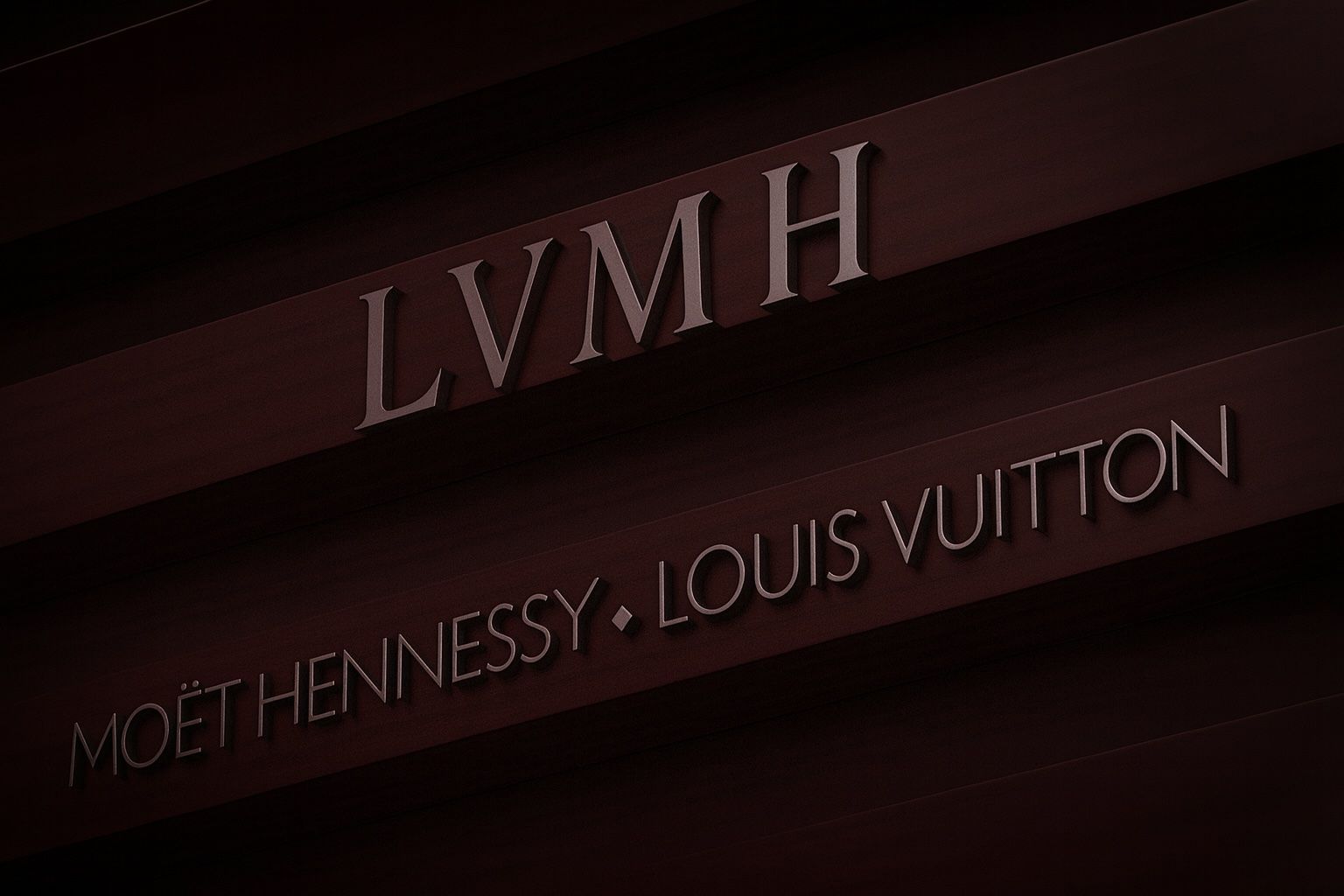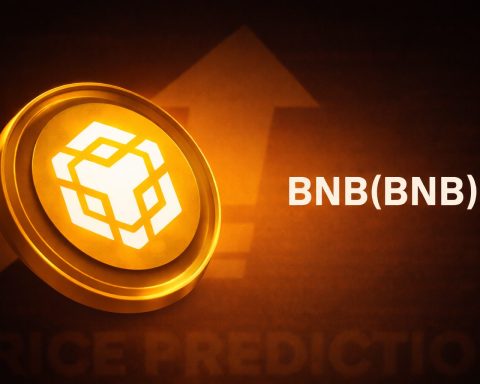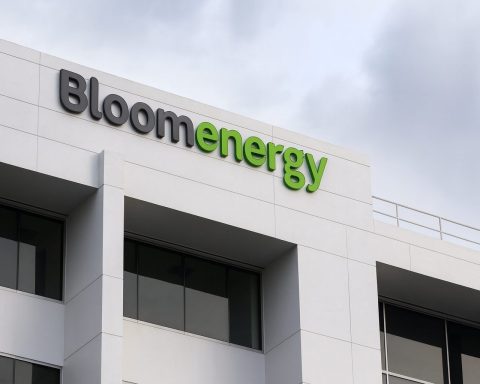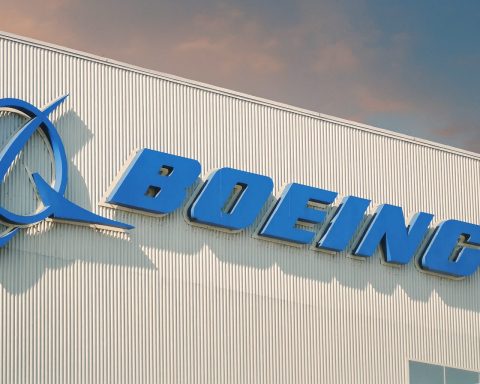- Stock Surge: LVMH (Euronext Paris: MC.PA) shares jumped roughly 12% on Oct. 15, 2025 (trading near €600) after the company reported stronger-than-expected third-quarter sales [1]. This marked the stock’s best single-day gain in nearly two years [2].
- Q3 Earnings Beat: The luxury giant posted €18.28 billion in Q3 revenue, up 1% year-on-year [3] – its first quarter of growth in 2025. Growth was driven by a surprising rebound in China: “Mainland China turned positive in Q3,” said CFO Cécile Cabanis [4]. The results exceeded consensus forecasts (Fashion & Leather sales fell only 2%, better than the 4% decline analysts expected [5]), suggesting a stabilizing demand trend.
- Sector Rally: LVMH’s gains lifted the entire luxury sector. Peers Hermès, Kering, Richemont, Burberry and Moncler all climbed in the mid-single digits on Oct. 15 [6] [7]. Even L’Oréal and other consumer names saw gains. The CAC 40 luxury index jumped about 2.5% and Europe’s STOXX 600 was up around 0.8% [8]. Analysts at Bernstein and JPMorgan viewed LVMH’s beat as a positive sign for luxury earnings broadly [9] [10].
- Recent Price Context: Earlier in October LVMH had pulled back after reaching an all-time high in spring. TS2.tech notes LVMH “hit an all-time high earlier in the year but then cooled” amid China worries and high interest rates [11]. By contrast, the CAC 40 index was already up ~10% year-to-date by early October [12]. LVMH’s big rally has now recovered much of its recent decline (the stock had fallen to ~€533 on Oct. 14 [13] before jumping).
- 9-Month Results: Broader 2025 trends have been muted. LVMH’s nine-month revenue was €58.09 billion, down 4% from a year ago [14]. All business units showed declines (Wines & Spirits –7%, Fashion/Leather –8%, Perfumes/Cosmetics –2%, Watches/Jewelry –2% in 9M [15]). This reflects ongoing pressures from inflation, volatility and softer luxury demand outside China.
- Corporate Developments: LVMH has been reshuffling its brands. Notable moves include new creative directors at Dior (Jonathan Anderson) and Fendi (Maria Grazia Chiuri) and personnel shifts at Loewe, Celine, etc. These strategic changes aim to freshen growth and brand appeal [16]. Management cautioned that headwinds remain: currency fluctuations and global uncertainty could dampen Q4 results [17].
Price Movements and Technical Snapshot
On Oct. 15 the LVMH share price (MC.PA) surged to about €600 – roughly 12% above the prior close [18]. Over the prior week the stock had drifted down to around €533 (Oct. 14 close) before rebounding on the earnings news. For context, LVMH’s 52-week range was roughly €437–€763 [19], so the current price is in the upper half of that range. Trading volume spiked with the gap higher, indicating strong investor interest. Many technical analysts would note that the breakout above €580/€590 levels clears key resistance, potentially opening more upside.
Q3 Earnings and Business Update
According to the Oct. 14 trading update, LVMH’s Q3 group sales rose 1% to €18.28B [20], narrowly beating analyst forecasts. The Fashion & Leather Goods segment (Louis Vuitton, Dior, etc.) was still down (~2%), but that was a much smaller drop than earlier in the year (Q2 saw an 8–9% decline). Other divisions saw mixed results: Selective Retailing (Sephora) and Perfumes & Cosmetics benefited from new product launches and saw stabilizing demand, while Wines & Spirits and Watches & Jewelry eased. China demand was the standout: Asia-excluding-Japan saw “noticeable” improvement, and LVMH noted for the first time in 2025 that Mainland China sales were positive [21]. Management emphasized that supply-chain pressures, tariffs and inflation remain challenges (e.g. higher gold/silver costs), but that LVMH brands are evolving with more accessible offerings.
Alongside the trading statement, analysts highlighted LVMH’s financial resilience. Bernstein analysts said the results reflected a “strong beat” and a mix of “self-help and slightly more positive Chinese demand, possibly on a U-shaped recovery trajectory” [22]. JPMorgan similarly called the tone positive enough that “the luxury sector [could] be strong…with positive commentary on most nationalities” [23]. (By contrast, Street consensus had only expected flat Q3 sales overall and a 4% fall in the fashion division [24].) The optimistic notes from Morgan Stanley and others suggest the worst of the luxury slowdown may be behind us, provided global growth does not sour.
Macroeconomic and Industry Backdrop
Investor sentiment this week was already turning upbeat on dovish central bank signals. Fed Chair Jerome Powell’s recent hints at possible rate cuts later in 2025 boosted risk assets broadly [25]. In Europe, the market had largely shrugged off a bout of French political turmoil in early October, and the CAC 40 index was near record highs [26]. LVMH’s news provided a concrete catalyst: Reuters notes that European stocks rose 0.8% on Oct. 15 as LVMH drove gains in consumer shares [27]. Key macro risks remain—trade tensions, China’s real estate slowdown and inflationary pressures—but for now luxury investors were looking past them.
In the luxury industry itself, Q3 LVMH set the tone. Once seen as a bellwether, its return to growth relieved some long-running concerns. Richemont and Burberry (mid-market luxury) also reported modest improvements in recent weeks. Chinese consumer sentiment is closely watched: a pickup in tourism and spending in Asia has been credited, in part, for the trend. Notably, top designers at Dior and Louis Vuitton have recently introduced new lines (e.g. Dior Beauty’s new launches, Dior menswear by Jonathan Anderson [28]), which LVMH executives say are driving renewed interest.
Expert Commentary and Forecasts
LVMH’s management and Wall Street analysts struck a cautiously optimistic tone. CFO Cecile Cabanis stressed that recovery will be “gradual” and that fourth-quarter results could be affected by currencies and uncertainty [29]. Still, she expressed confidence in the new creative direction of the brands. On the sell side, many analysts are now adjusting their views. The average 12-month price target among 24 analysts was around €565 [30], implying roughly flat performance from pre-rally levels. However, some bullish forecasters argue LVMH could outperform if global luxury demand really revives. For example, Bernstein’s comments about a U-shaped turnaround echo those of others who see the stock as “undervalued” on a forward basis.
Technically, LVMH’s rally has cleared key chart hurdles. If the stock sustains above €600, it may attract momentum traders. Fundamentally, LVMH still trades at a P/E of about 25x (TTM) with a 2.4% dividend yield [31], in line with luxury peers. Its brand portfolio and cash flow generation remain among the strongest in Europe. Comparisons to Kering (ticker PRTP.PA) and Hermès (private co., ADR HESAY) are common: Kering’s shares had lagged this year on Gucci headwinds [32], while Hermès is often treated as the luxury benchmark. On Oct. 15, even Kering and Hermès climbed (mid-single-digit gains) on the positive tone.
Looking Ahead
In sum, LVMH’s mid-October update has turned some heads. The stock’s sharp climb on Oct. 15 reflects relief that the “luxury downturn” may be easing. Whether this momentum holds will depend on global consumer spending and LVMH’s own execution. If China’s recovery continues and luxury clients remain willing to spend (especially on entry-priced products), analysts foresee gradually better quarters. However, uncertainty over the macro outlook means caution is still warranted. For now, LVMH (MC.PA) is on investors’ radar as a bellwether: many will be watching its next earnings release closely to gauge if this luxury revival is for real.
Sources: Recent company reports and news articles by Reuters and TS2.tech; stock data from investing.com and Reuters. Key references above.
References
1. www.reuters.com, 2. www.reuters.com, 3. www.reuters.com, 4. www.reuters.com, 5. www.reuters.com, 6. www.reuters.com, 7. www.reuters.com, 8. www.reuters.com, 9. www.reuters.com, 10. www.reuters.com, 11. ts2.tech, 12. ts2.tech, 13. www.investing.com, 14. ts2.tech, 15. ts2.tech, 16. www.reuters.com, 17. www.reuters.com, 18. www.reuters.com, 19. www.investing.com, 20. www.reuters.com, 21. www.reuters.com, 22. www.reuters.com, 23. www.reuters.com, 24. www.reuters.com, 25. www.reuters.com, 26. ts2.tech, 27. www.reuters.com, 28. www.theindustry.fashion, 29. www.reuters.com, 30. www.investing.com, 31. markets.ft.com, 32. ts2.tech







